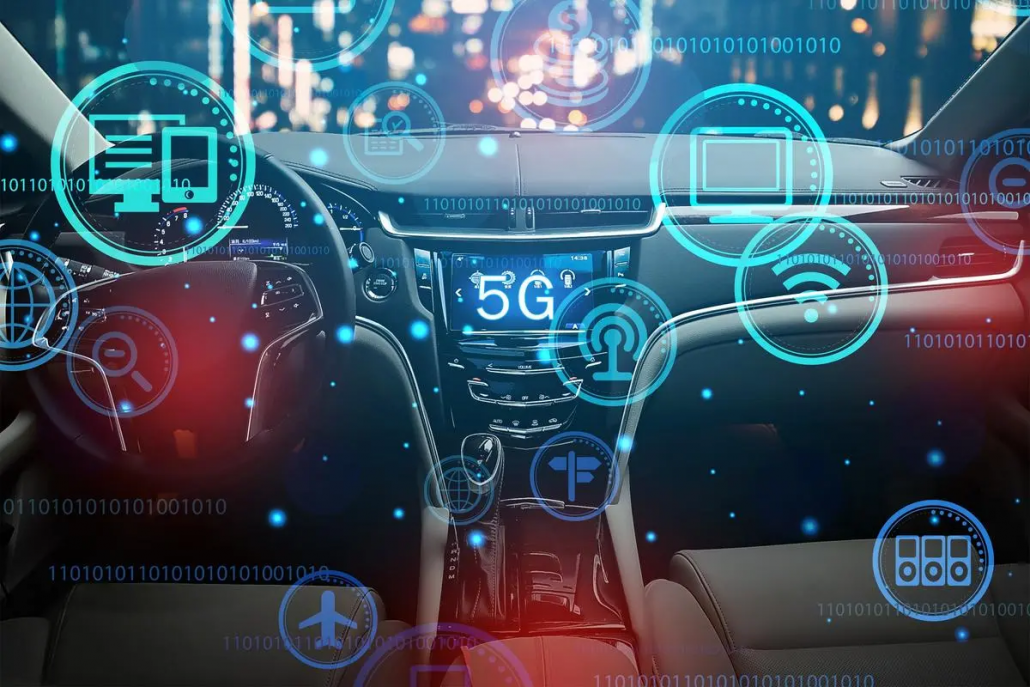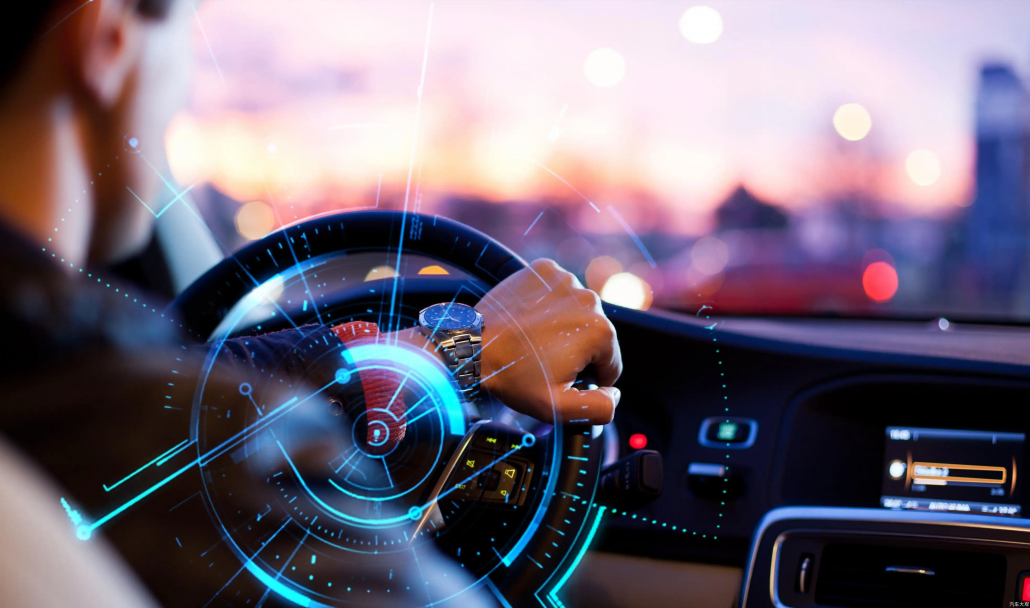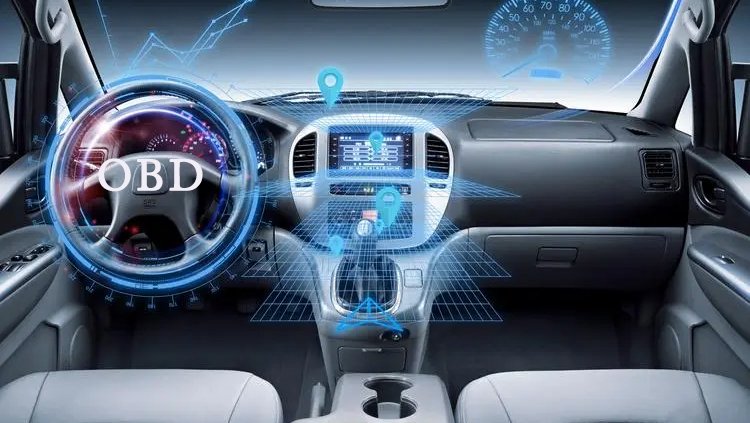The rise of OBD mode car networking, first of all, the traditional car networking function does not have good user stickiness, and secondly, many traditional functions (entertainment, road conditions, location, navigation, rescue) can be realized through smartphones, so the car networking is forced. Must be car-centric. Functions such as anti-theft, car condition, car use, and car insurance require the participation of the car itself, which not only solves the problems of some car owners, but also greatly improves the user’s stickiness.

The application of the OBD system stems from the Euro III emission standard, and the correct function is very important for the control of vehicle emissions. OBD units monitor multiple systems and components, including engines, catalytic converters, particulate traps, oxygen sensors, emission control systems, fuel systems, GER, and more.
OBD technology originated in the United States in the 1980s. The initial OBD technology reminded drivers of failures or malfunctions through appropriate technical methods. The European Union and Japan introduced OBD technology after 2000. After 2004, OBD technology in developed automobile countries entered the third stage.

OBD is used in enterprise management vehicles, 4S shops, auto repair stations, auto maintenance, auto insurance, transportation and other industries. The car of the future may not be electrified, but it will be electronic; the car will become the largest electronic product, and this view is also accepted by more and more people. However, at the current stage, the electronic development of automobiles is in the following directions: traditional automobile intelligence, Internet of Vehicles, electrification, driverless driving, etc., and only two directions of traditional automobile intelligence and Internet of Vehicles can be implemented. The intelligentization of traditional automobiles is dominated by automobile manufacturers. The Internet of Vehicles is more complicated, and the solutions that can connect to the car are currently only the vehicle-to-machine method (connecting the CAN bus with a wire harness) and the OBD method (the standard trapezoidal port open on the CAN bus); The after-installation is dominated by auto equipment manufacturers; while the OBD method is dominated by emerging IT, which is the application of IT technology and its concepts in automotive services. In the direction of electronization, in terms of concept, it can be said that the OBD model is the most in line with the trend.




